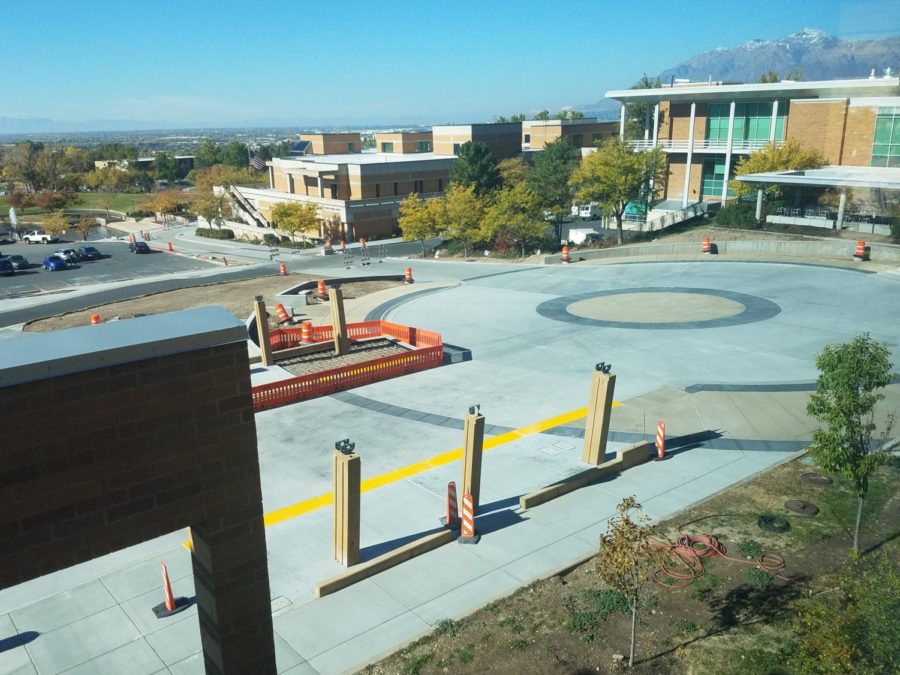OGX: Ogden’s eco-friendly public transportation solution
Often referred to by its nickname, “Junction City,” Ogden has a long and storied history as one of the American west’s first major passenger railroad junctions. Union Station opened its doors in 1869 to connect two railroad track projects together to form North America’s first transcontinental railroad.
The resulting “Overland route,” as it came to be called, consisted of a total of 1,911 miles of continuous railroad track that spanned from Council Bluffs, Iowa, all the way to California’s San Francisco Bay Area, a previously unprecedented feat in the realm of American public transportation.
Today, Ogden continues to honor its role in the history of American public transportation by working to provide its residents with the most convenient and reliable public transit experience possible with the modernized goal of also reducing the city’s carbon footprint. Ogden and the Utah Transit Authority’s newest contribution to Ogden’s public transit system, the Ogden Express, is an example of Ogden and UTA’s dedication to providing a public transit system that prioritizes both efficient transportation and the slashing of emissions.
OGX is a Bus Rapid Transit system that will come to utilize 22 BRT stations located throughout Ogden to support a fleet of 11 electric buses after the project’s completion in 2023.
However, Weber State University students won’t need to wait until 2023 to experience the benefits in ease-of-access and environmental sustainability that OGX will have to offer.
UTA spokesman James Larson told The Signpost that OGX is unique in that it is the first public transit system in the nation to run through and directly integrate itself with a university. The Wildcat Shuttle will offer students a quick and dependable mode of transport around the university and out to Ogden as the project nears completion.
Three of the 11 electric buses in the OGX fleet will be dedicated to servicing two on-campus BRT stations and one at the Dee Events Center that will also act as a hub of access to BRT routes that connect to McKay-Dee Hospital and downtown Ogden. The on-campus BRT stations will include a station just west of the Browning Center and one on Village Drive.
WSU students can expect to have access to the Wildcat Shuttle route in its full form by Aug. 29. The Wildcat Shuttle will run from 8 a.m. to 4 p.m. and will be able to offer rides to students every eight to ten minutes.
Larson said the collaboration between WSU and UTA is mutually beneficial and a win-win as it will work to address on-campus parking availability as well as Ogden’s carbon footprint by aiming to reduce the total amount of cars on the road. With the completion of the Wildcat Shuttle in the fall, students will be able to utilize the Dee Event Center’s large parking capacity and use the Wildcat Shuttle to briskly commute down to campus, resulting in a more accessible and less stressful parking experience for students on campus.











